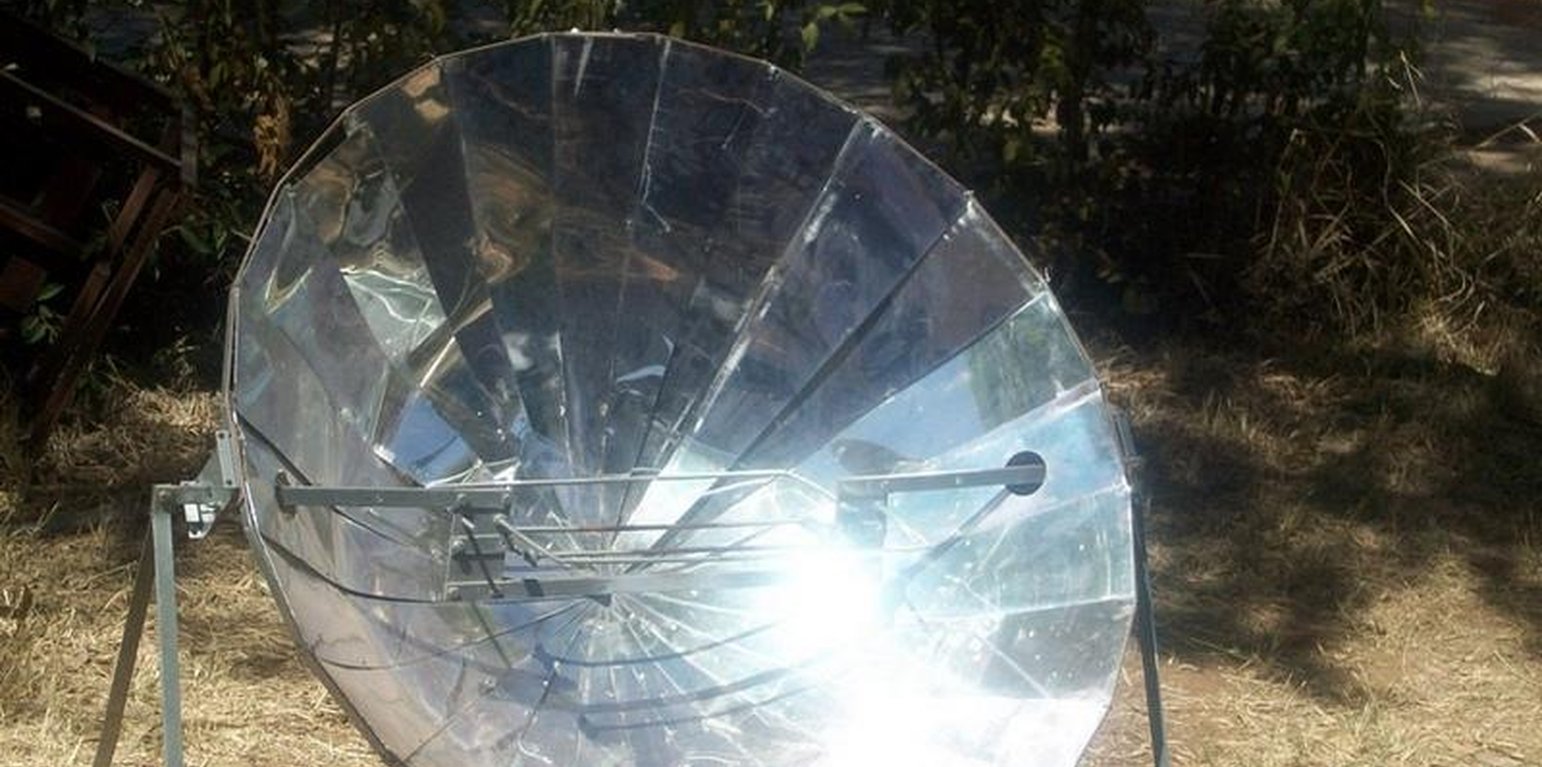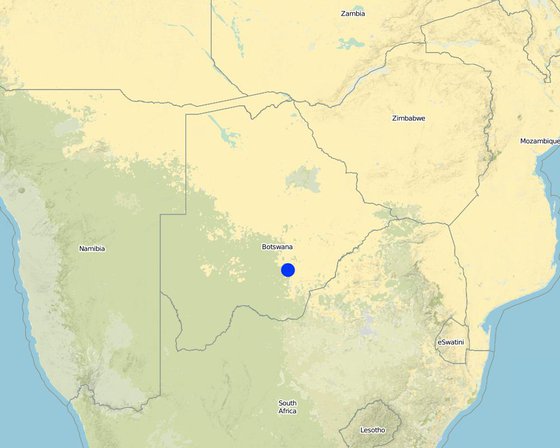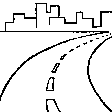



The basic principle of all solar cookers is to concentrate sunlight using a mirror or some type of reflective metal. It is used to concentrate light and heat from the sun into a small cooking area making the energy more concentrated and therefore more potent. Parabolic shaped solar cookers - when a three dimensional parabolic is aimed at the sun, all the light that falls upon its mirrored surface is reflected to a point known as the focus.
The technology is supplied by the Rural Industries Innovation Centre (RIIC) in Botswana. The solar cooker is maintained by cleaning the reflector mirrors with soft cloth soaked in soap and rinse with clean water. Turn reflector anti-clockwise until it hits the stand leg to lock it in place when it not in use. The solar cooker requires frequent adjustment and supervision for safe operation.
The solar cooker is best used in an open atmosphere with direct sunlight. A solar cooker needs an outdoor spot that is sunny for several hours and protected from strong winds and where food will be safe. Solar cookers do not work at night or on cloudy days.

Location: Southern District, Botswana, Botswana
No. of Technology sites analysed:
Spread of the Technology: evenly spread over an area (approx. < 0.1 km2 (10 ha))
In a permanently protected area?:
Date of implementation:
Type of introduction








With respect to firewood collection
Less demand on the time and labour of women and the girl child who are the main collectors of firewood
It provides cheaper alternative sources of energy.Reduced workload for firewood collectors(women and girl child)